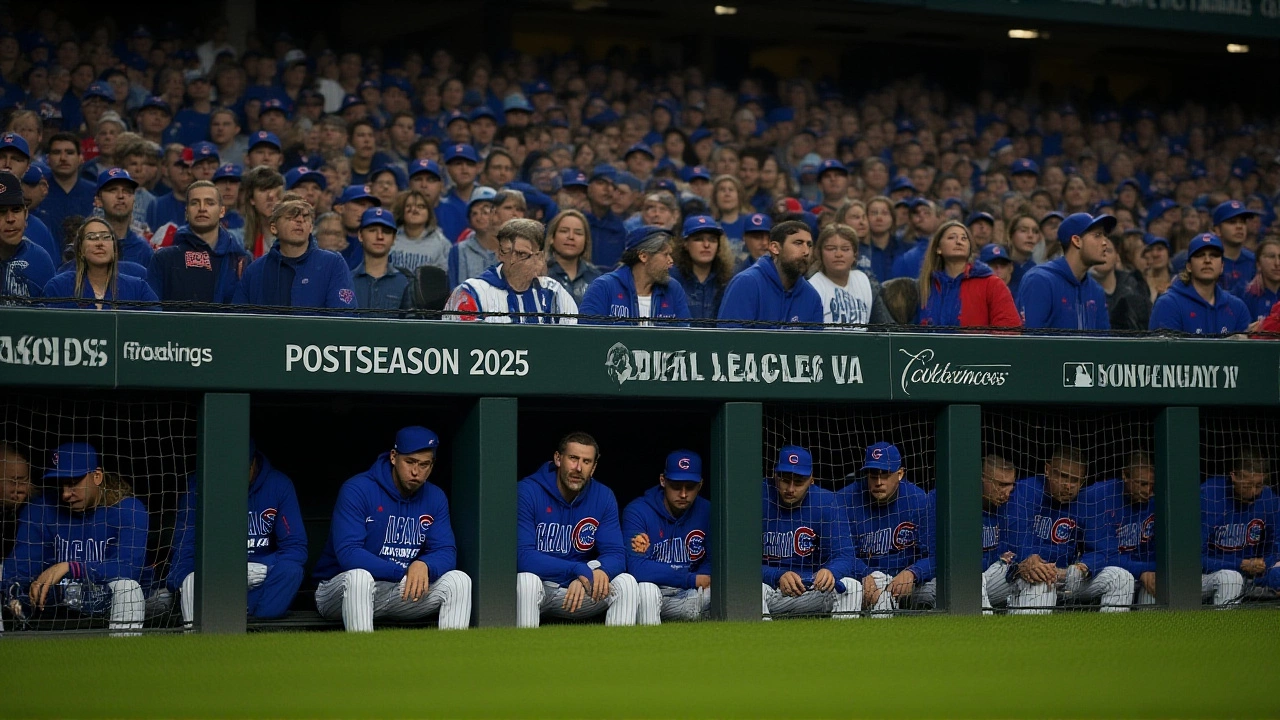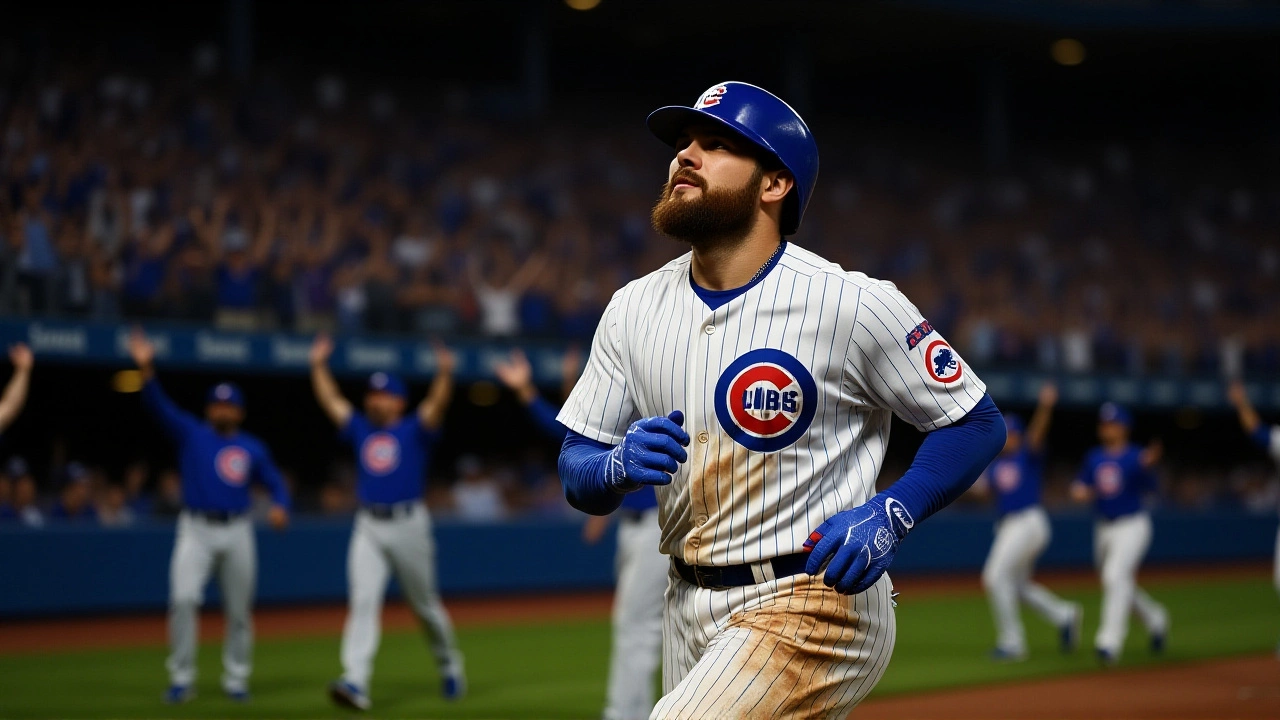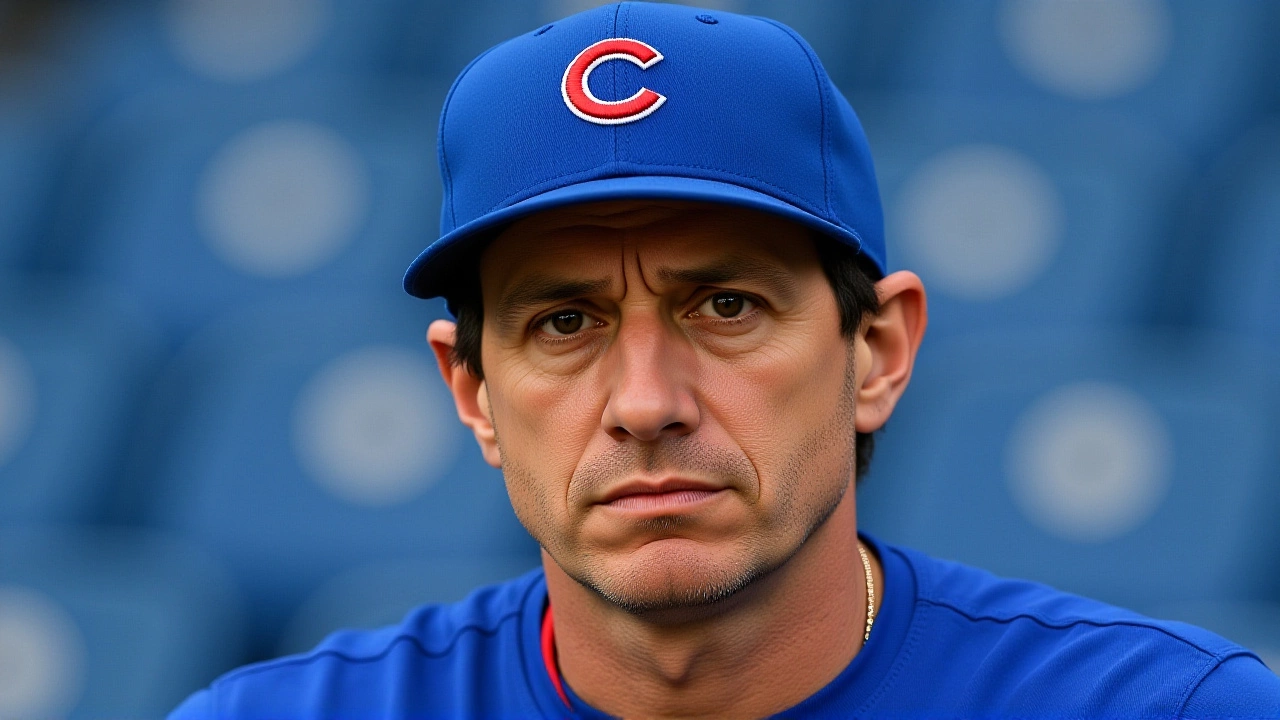When Jed Hoyer, general manager of the Chicago Cubs learned that their 2025 campaign was over, the disappointment was palpable. The team fell in Game 5 of the 2025 National League Division SeriesMilwaukee to the Milwaukee Brewers, ending a season that saw Chicago finish 92‑70 and clinch a wild‑card spot. With most of the core under contract through 2026, the real work now is deciding how to sharpen the roster for next year.
Historical Context: From Rebuild to Playoff Contender
The Cubs’ resurgence began in 2023, when Hoyer’s front office shifted from a pure rebuild to a “contender‑by‑2025” model. After a 2024 tumble to 84‑78, the 2025 squad finally cracked the postseason, thanks to a blend of home‑grown talent and mid‑season acquisitions. Yet the division remains brutal; the Brewers, who won the NL Central with a 95‑67 record, will face the Los Angeles Dodgers in the NLCS. That backdrop forces Chicago to ask: can they close the gap without mortgaging the future?
Roster Status and Contract Overview
All of Chicago’s marquee players—Ian Happ, Seiya Suzuki, and Willi Castro—are locked in through the 2026 season. The only major free‑agent looming is outfielder Kyle Tucker, who will test the market after his contract expires on Oct 31, 2025. His 2025 numbers (.283 average, 28 HR, 87 RBI) keep him in the elite‑10 conversation, so the Cubs’ approach could dictate their ceiling.
On the finance side, reliever Andrew Kittredge carries a $9 million team option for 2026. Hoyer admitted, “That nine‑million clause is a big piece of the puzzle; we have to weigh it against the market for a late‑season closer.” The decision will affect how much wiggle room the club has for a potential free‑agent signing.
Pitching Options: Free Agents and Trade Talk
Chicago’s rotation posted a respectable 3.68 ERA, but the front office has already identified a need for a true ace. The free‑agent market is surprisingly deep:
- Framber Valdez (2024 3.64 ERA, $14 million 2026 option)
- Michael King (career 4.21 ERA, $12 million over two years)
- Ranger Suárez (2024 2.99 ERA, $15 million for three years)
- Dylan Cease (2024 3.71 ERA, $16 million, declined option)
Hoyer hinted, "If a frontline starter comes within our budget, we’ll be aggressive." Rumors swirl that left‑handed reliever Shota Imanaga could be packaged in a trade to free a roster spot for a bigger arm, but nothing is set in stone.
In the bullpen, the Cubs have cultivated high‑octane arms like Daniel Palencia and Porter Hodge on cheap deals. However, three key relievers—Drew Pomeranz, Caleb Thielbar, and Brad Keller—are slated for free agency. Keller, a former All‑Star closer, commands a market value of roughly $10 million for one year, a figure that could test the Cubs’ modest payroll approach.

Outfield Decisions: Tucker, Happ, and Suzuki
The biggest headline revolves around Kyle Tucker. The 28‑year‑old recorded 30 stolen bases and posted a career‑high WAR of 4.9. Should Chicago re‑sign him, they’d lock in a multi‑year cornerstone. If he leaves, the club must decide whether to replace his production with a blend of internal options—like rising prospect Jonah Bennett—or target a veteran via trade.
Parallel chatter surrounds Ian Happ and Seiya Suzuki. Both are under contracts that run through 2026, but the front office has reportedly canvassed interest from the Boston Red Sox and New York Yankees in a package that could bring a top‑tier starter to Chicago. As analyst Tim Kurkjian observed, "If the Cubs can flip Happ or Suzuki for an ace, they instantly jump into World Series conversation."
Front Office Strategy: Aggressive or Conservative?
Hoyer’s contract extension at the July 31, 2025 trade deadline signaled confidence from ownership. Yet the green‑light to spend hinges on the valuation of young talent. The Cubs’ 2019–2021 rebuild faltered because prospects such as 2019’s No. 1 pick Kris Bryson never materialized. This time, scouting director Ashley Mozingo insists the club is tracking a "new generation" of high‑upside arms, including pitcher Jace Lloyd and shortstop Ethan Mendoza.
The central question is whether Chicago will settle for another 90‑win season or push for a championship window. A conservative tack would keep the core intact, add a modest‑priced starter, and let the bullpen evolve organically. An aggressive route could involve a blockbuster trade for a pitcher like Valdez, a sizable contract for Tucker, and a possible escalation in payroll to the $250 million range.

What’s Next for the Cubs?
Winter meetings kick off on Dec 2, 2025, and the Cubs are expected to be active. Hoyer promised, “We’ll be there early, and we’ll be loud.” The team’s next public move will likely be a decision on Kittredge’s option, followed by a press conference on Tucker’s free‑agent status. Fans in Chicago can expect a flurry of rumors, especially as the division rivals—Milwaukee, St. Louis, and Pittsburgh—also test the market.
In short, the offseason will determine whether the Cubs become a perennial contender or simply a good‑looking, 90‑win club forever chasing the elusive World Series title.
Frequently Asked Questions
How will Kyle Tucker's free agency affect the Cubs' roster plans?
Tucker's projected $180 million contract could anchor the outfield for the next five years. If Chicago re‑signs him, they preserve a high‑WAR player and free up internal prospects. If he walks, the club must decide whether to replace his production via trade, a free‑agent signing, or promoting a younger player, each path carrying different payroll and competitive implications.
What are the most realistic pitcher targets for Chicago this offseason?
Analysts point to Framber Valdez and Ranger Suárez as the top options. Valdez offers durability with a sub‑4.00 ERA, while Suárez brings elite strikeout ability. Both fit within a projected $15‑$20 million budget, aligning with the Cubs’ desire to add a frontline starter without crippling the payroll.
Could a trade involving Ian Happ or Seiya Suzuki happen?
Both players carry year‑long contracts through 2026, making them attractive trade chips. Sources report the New York Yankees and Boston Red Sox are scouting a package that could bring a starter like Zach Davies or a high‑upside prospect. Any deal would likely require Chicago to retain a portion of salary, but the upside—a proven ace—could justify the cost.
What role does Andrew Kittredge's $9 million option play in the budget?
Kittredge offers a late‑season boost with a 2.85 ERA in 2025. Exercising the option locks in a cheap, high‑leverage arm, preserving cap space for potential free‑agent signings. Declining it would free up cash but force the Cubs to find a comparable reliever, likely at a higher market rate.
How does the Cubs' situation compare to other NL Central teams?
The Brewers entered the NLCS with a 95‑67 record, while the Cardinals and Reds are projected to be sub‑90‑win clubs. Chicago sits at the high end of the division but lacks a true ace. A strategic acquisition could catapult the Cubs into the division lead, whereas stagnation may see them fall behind the Brewers’ consistent payroll and depth.
